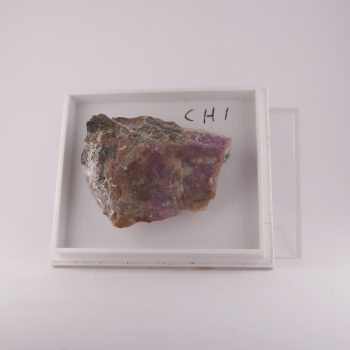Vesuvianite
Vesuvianite is a calcium aluminium silicate mineral named after Mount Vesuvius in Italy. It is typically used for mineral specimens, but is also sometimes cut or faceted for use as a gemstone.
Showing the single result
Information about Vesuvianite
Uses and History
Vesuvianite has no significant industrial usages but fine quality specimens are prized by mineral collectors and sometimes cut into gemstones.
It was named Vesuvianite in 1795 by Abraham Gottlob Werner after crystals were found in Monte Somma.
Several other names have been applied to the species, one of which was idocrase, by René Just Haüy in 1796.
Mineralogy
Hazards and Warnings
Mineral collectors should wash their hands after handling specimens, to avoid any exposure to potential toxins.
Almost all rocks, minerals (and, frankly, almost all other substances on earth) can produce toxic dust when cutting, which can cause serious respiratory conditions including silicosis.
When cutting or polishing rocks, minerals, shells, etc, all work should be done wet to minimise the dust, and a suitable respirator or extraction system should be used.
Translations
Arabic:
- فيسوفيانيت
Hindi:
- वेसुवियनाइट
Portuguese:
Bengali:
- ভেসুভিয়ানাইট
Indonesian:
Punjabi:
English:
- Vesuvianite
Italian:
Russian:
- Везувианит
French:
- Vésuvianite
Japanese:
- ベスビアナイト
Spanish:
- Idocrasa
German:
- Vesuvianit
Korean:
- 베수비아나이트
Thai:
- ไอโดเครส
Gujurati:
- वेसुवियनाइट
Mandarin Chinese:
Urdu:

